How to Lessen Your Exposure to Toxins (Part 1: Products/Environment)
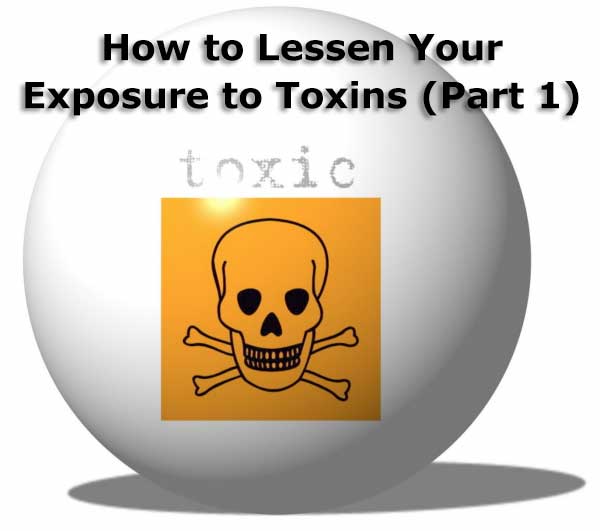
By: J.A., Writer for Hope Instilled
Toxins are in everything! They are destroying our health and are the main reason for most diseases and chronic illnesses in general.
This blog will focus on body toxins, but also take a look at our last blog post Reality of Our Toxic World for a general overview of the dangers of toxins.
When you hear there are toxins in everything does that leave you in a state of shock or even disbelief? Some people are too overwhelmed by this, so they ignore the facts and do nothing because there is way too much to consider. It’s too many changes. They don’t know where to start, how to replace products, or what will make a difference. And then there is the concern about the cost. But, let me tell you long-term it is worth it. So this blog is to help you get started. This is a two-part series on how to get a jump start at reducing your exposure to toxins. The first part covers environmental toxins and products. The second part will cover toxins in foods.
Rome wasn’t built in a day! Right?
You’ve heard that expression correct? You can’t get rid of 90% of the toxins in your home in just one day, in a week, or even a month (unless you are really determined). Very few people have the time to make that many changes that fast, I know I don’t. It can be a slow process, and that’s okay. What matters is that you are continuously working toward reducing your toxic exposure. It took me months and months of making changes, and some changes were made almost a year later because I found new toxins to remove from my life. I know I may still stumble across new research on toxins I’m being exposed to. It really is a life process. But, I would say I have probably reduced my toxic exposure by around 90%. And I feel really good about that.
So where should you start?
Cleaning Products
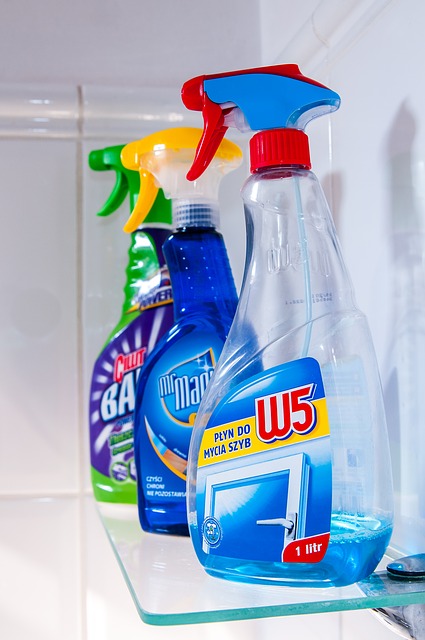 This is a good place to start. Did you know there are research studies saying exposure to toxins in cleaning products is equivalent to smoking a pack of cigarettes a day? (if you smoke, that is another toxin you need to eliminate, start there). At 29 years old, I had only been cleaning on a weekly basis with chemical cleaners for around 11 years mostly using gloves and still, my naturopathic doctor found heavy amounts of chlorine in my body (which can cause all kinds of problems). Although chlorine can be in the water and other places too, I believe cleaners were my major exposure.
This is a good place to start. Did you know there are research studies saying exposure to toxins in cleaning products is equivalent to smoking a pack of cigarettes a day? (if you smoke, that is another toxin you need to eliminate, start there). At 29 years old, I had only been cleaning on a weekly basis with chemical cleaners for around 11 years mostly using gloves and still, my naturopathic doctor found heavy amounts of chlorine in my body (which can cause all kinds of problems). Although chlorine can be in the water and other places too, I believe cleaners were my major exposure.
Lysol air fresheners are one of the worse products for your health. Don’t spray those chemical cleaners into your air, it is just all kinds of nasty. The Environmental Working Group (EWG) gave it an F rating for the number of dangerous chemicals it contains. You must also get rid of chlorine bleach. I promise there are a couple of alternatives that are just as powerful. But, all chemical cleaners are bad no matter what the name brand is. So get rid of all surface cleaners, toilet bowl cleaners, glass cleaners, dish soaps, detergents, and dryer sheets, that are not natural/organic brands.
You have at least three options for replacing these products. You can find new products on the EWG website or app that score high (you can actually scan products at the store with this app). You can try products from multi-level marketing companies like Norwex or Melaleuca, or you can make cleaning products yourself from scratch. For DIY products from scratch, I would recommend DIYNatural. They have some really simple recipes for DIY cleaners, and it can be cheaper than buying products off the shelves. Essential oils are often the main ingredient in many cleaning products, and they are a great alternative for air freshening. One thing I would recommend buying instead of making would be laundry detergent. Many of the DIY products don’t work quite as well. Finding a product that is labeled as organic will also be effective. However, not all organic products are created equal, that is why I recommend using the EWG database.
Take your time to find alternatives, it could take a week or two or more. You may find it hard to throw out items that are still full. I know I did. But, I just reminded myself that they are sunk costs, and the cost of being unhealthy is a lot higher than the cost of preventing illness. Once you are done, you are ready for a vacation, or maybe to move onto the next round of elimination and replacement of items.
View these articles to read more about the dangers:
8 Hidden Toxins: What’s Lurking in Your Cleaning Products?
Cleaning Supplies and Your Health
The dirty truth about cleaning products
Cleaning Supplies and Household Chemicals
Everyday Personal Care & Beauty Items
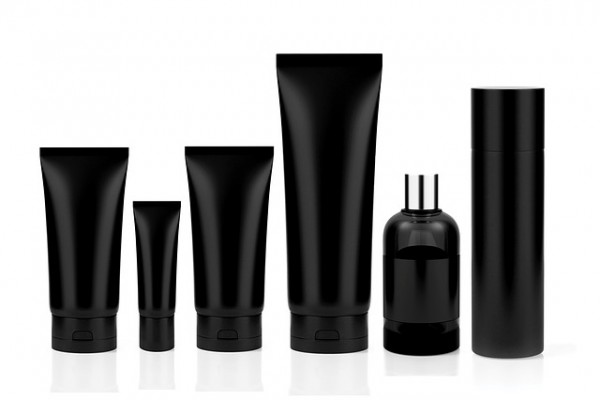 There are toxins hiding in all the major brands and off-brands of personal care items that are very hazardous to your health. In my experience, some are better than others, but practically anything that is not labeled as natural/organic has dangerous toxins. These products include shampoo, conditioner, soaps, shaving creams, body washes, face wash, lotions, perfumes, deodorant, toothpaste, chapstick, hair spray, hair gel, hand sanitizers, sunscreen, and more. Deodorant brands have chemicals that can increase the chances of breast cancer and cancer in general. The active ingredient Fluoride in toothpaste is not good when consumed in large amounts. Plus, exposure to it is often increased with it being added to drinking water and other products.
There are toxins hiding in all the major brands and off-brands of personal care items that are very hazardous to your health. In my experience, some are better than others, but practically anything that is not labeled as natural/organic has dangerous toxins. These products include shampoo, conditioner, soaps, shaving creams, body washes, face wash, lotions, perfumes, deodorant, toothpaste, chapstick, hair spray, hair gel, hand sanitizers, sunscreen, and more. Deodorant brands have chemicals that can increase the chances of breast cancer and cancer in general. The active ingredient Fluoride in toothpaste is not good when consumed in large amounts. Plus, exposure to it is often increased with it being added to drinking water and other products.
One thing I noticed after a month or two of using more natural products, is when I went back to one of my toxic face wash products, my face started to sting and get irritated. My husband had the same experience, but with shaving cream instead. That’s one way you can tell that these changes are beneficial and make a difference. I can’t ever go back to those products, not that I would want to, but my body is no longer immune to those nasty chemicals.
Again for solutions, there is the option of finding EWG verified products or creating DIY products. These products won’t be as easy to make yourself as the cleaners. However, there are a variety of different DIY recipes online to try, some easier than others. Essential oils again, are used in place of fragrances for products and can also be used for perfume.
This might take you a month or more to find alternatives you like, which is fine. Take your time, don’t get overwhelmed.
View these articles to read more about the dangers:
Harmful, untested chemicals rife in personal care products
Toxic Load: What’s in Your Personal Care Products?
Makeup Products
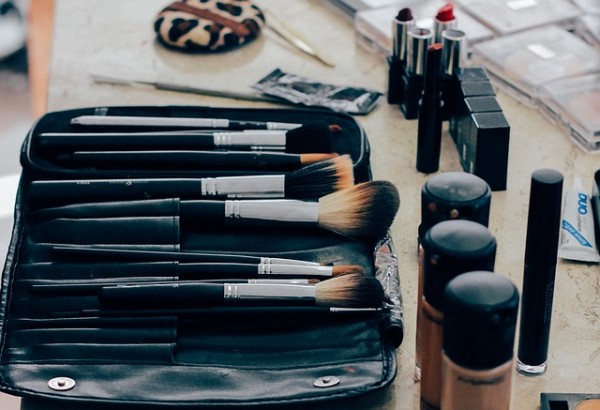 If you wear makeup including cover-up, blush, eye shadow, powder, mascara, eyeliner, brow liner, lipstick, nail polish, or others, check the ingredients. If you suffer from acne, dry or itchy skin, the toxins in your makeup could be the reason why. Even if you are not having these problems, the toxins absorb into your skin and may cause lots of internal problems, as well. So check EWG for better products, and you can also search ratings for products you use, to see how bad they really are.
If you wear makeup including cover-up, blush, eye shadow, powder, mascara, eyeliner, brow liner, lipstick, nail polish, or others, check the ingredients. If you suffer from acne, dry or itchy skin, the toxins in your makeup could be the reason why. Even if you are not having these problems, the toxins absorb into your skin and may cause lots of internal problems, as well. So check EWG for better products, and you can also search ratings for products you use, to see how bad they really are.
View these articles to read more about the dangers:
The Hidden Dangers of Makeup and Shampoo
10 Toxic Beauty Ingredients to Avoid
Water Supply
Do you drink water out of the faucet? Have you ever had your water tested to see how much metals, chlorine, and other toxins are in it? If not, you definitely should. There are places that do it for free (at least where I live), but you can also get an online kit and test it yourself. Do you drink a lot of bottled water? Many bottled water brands are not as healthy as you might think. Your healthiest choice is getting a filtered water system that takes out all the nasty toxins and then adds back in the minerals.
View these articles to read more about the dangers:
9 Hidden Dangers Lurking in Your Tap Water
Is it Really Safe to Drink Bottled Water?
BPA in Plastics & Metals in Cookware
BPA is another nasty chemical found in a lot of plastics. Think about the drinking cups you use and other cookware products. Many brands have switched over to making most if not all BPA-free products. However, there are some studies saying replacement ingredients for BPA are not necessarily safer. So actually your best solution may be to use glass cups for drinking purposes and glass Tupperware, when possible.
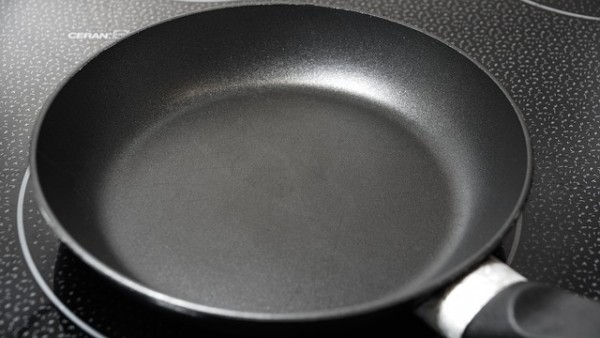
Do you cook with non-stick pots and skillets? They produce tons of dangerous chemical toxins into the air even at low heat. You should consider switching to high-quality stainless steel or cast iron. You don’t want those metals mixed into your food or toxins breathed in. Plus, the stainless steel and cast iron will last a lot longer!
View these articles to read more about the dangers:
BPA Toxic Effects & Symptoms: How BPA Destroys Your Body
4 Ways to Avoid Toxic Chemicals in Food Packaging
Outdoor Toxins
Toxins are not limited to indoor products. There are toxins in the outside air, as well. If you live in a busy city or near a power plant you may have more exposure than the rest of us. But, toxins can also be the weed killer you add to your plants, pesticides, chemical lawn treatments, or fertilizers. Ever see someone in what looks like a beekeeper or astronaut suit spraying pesticides on their plants? Sure that may help temporarily, but if they are that toxic, do you even want to chance to breathe them in later? or having them brought into your home? Not only do they affect your health when your outside, but these chemicals can get tracked inside from your shoes or possibly your clothes. The good news is there are natural alternatives you just need to closely read labels, or do some research online for alternatives.
Many of us also have various chemical products in our garages. If nothing else, make sure when you use these hazardous chemicals you wear the proper protective equipment: masks, gloves, safety glasses, or long shirts and pants.
View these articles to read more about the dangers:
Lawn Care Chemicals: How Toxic Are They?
Toxins in Paper Products
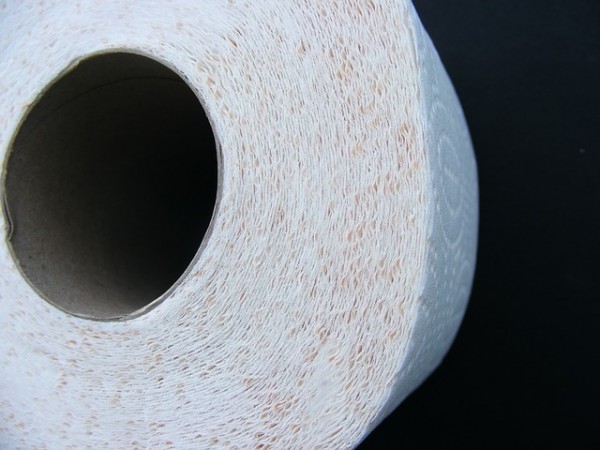 If you have successfully reduced all your toxic exposures that I mentioned above, here is another one to consider. Since I mentioned I had high amounts of chlorine in my body, I wanted to mention another possible source. Products such as toilet paper, Kleenex, napkins, and paper towels are bleached with chlorine to make them white. Surprised to find out the toilet paper you use every day is toxic too? I know I was. However, I actually found two brands that are chlorine-free and the price wasn’t a big jump either. You can search for “chlorine-free” brands at your store or also try the EWG website/app.
If you have successfully reduced all your toxic exposures that I mentioned above, here is another one to consider. Since I mentioned I had high amounts of chlorine in my body, I wanted to mention another possible source. Products such as toilet paper, Kleenex, napkins, and paper towels are bleached with chlorine to make them white. Surprised to find out the toilet paper you use every day is toxic too? I know I was. However, I actually found two brands that are chlorine-free and the price wasn’t a big jump either. You can search for “chlorine-free” brands at your store or also try the EWG website/app.
View these articles to read more about the dangers:
Is Your Toilet Paper Toxic? Find Out what Healthy Options You Have
Chemicals in Paper Towels: Are There Nontoxic Alternatives?
These Suggestions Are NOT Comprehensive
There are other toxins that you could be exposed to. With a bit of research, you may find other toxins not listed here. It is incredibly hard to cover them all. However, this content should cover most of the major product/environmental toxins that you have the ability to eliminate and replace. A couple of other toxins to consider are exposure to mold (I have seen first-hand the effects of this). If you have mold fix it quickly or get a new place. It can majorly destroy your health. Also, older homes can have dangerous amounts of lead in the paint on the walls.
Removing toxins from your life is not a simple or easy task. It can be overwhelming or feel costly to you at first. But, in the long run, it will help if you already suffer from a chronic illness. And if you don’t, it will still be cheaper, because trying to treat IBS, cancer, Alzheimer’s, Fibromyalgia, or some other illness, will really damage your life and hurt your bank account. In addition, a healthy lifestyle, what you eat, and how much you exercise will also play a role.
Just remember, you don’t have to figure it all out right away. Take your time. Any step in the right direction will be worth it in the long run.
Check back next month for Part 2 on Toxins in Food.
You can read more on that here: Death and Toxins: Tackling the Main Driver of Chronic Disease.
<<-- Back to Renewed Living Blog Email to a friend
